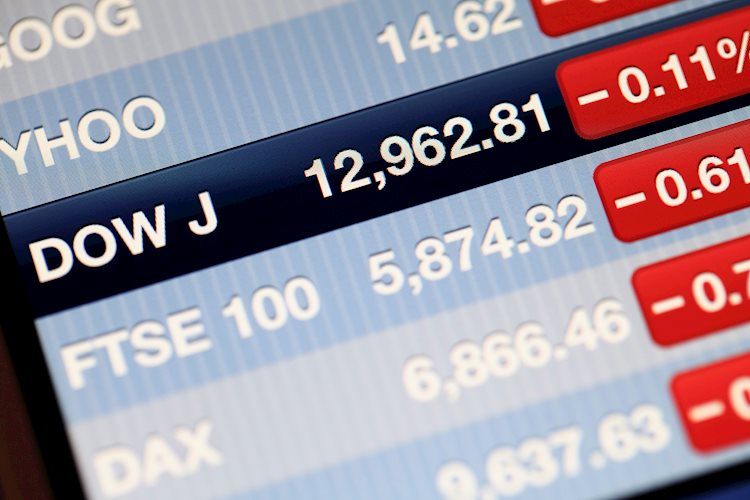The Dow Jones Industrial Average (DJIA) made a significant leap into record territory after the Federal Reserve (Fed) announced a 50 basis points rate cut. This move marked the first rate cut in over four years and sent the DJIA soaring close to 42,000. Additionally, the Fed’s dot plot, which outlines the FOMC’s rate projections, was revised lower, indicating a shift in policy expectations.
The Fed now projects the Fed Funds rate to be at 4.4% by the end of 2024 and 3.4% by the end of 2025, a decrease from the previous estimates of 5.1% and 4.1%, respectively. Furthermore, the Fed’s projections for US GDP growth and Unemployment Rate have also been adjusted, with GDP growth expected to remain at 2.0% through 2024 and the Unemployment Rate projected to settle around 4.4% by the end of 2024.
Following the Fed’s announcement, global markets are eagerly awaiting Fed Chair Jerome Powell’s press conference for further insights into the central bank’s decision-making process. While the initial market reaction saw the Dow Jones reaching new highs, the index is still trading cautiously around 41,800 as investors analyze the implications of the rate cut. Stocks like Apple and Honeywell showed mixed performance post-Fed, reflecting the uncertainty in the market.
The Fed’s interest rate decisions play a crucial role in shaping the economic landscape, influencing investor sentiment and market movements. The Fed’s dual mandates of keeping inflation at 2% and fostering full employment guide its policy decisions, particularly regarding interest rates. Changes in interest rates can impact the value of the US Dollar, with rate hikes usually strengthening the USD and rate cuts weakening it.
As investors digest the implications of the Fed’s rate cut, the focus shifts to upcoming economic indicators and market reactions. The Fed’s decision-making process and its effects on the economy will continue to be closely monitored by market participants. With global markets adjusting to the new policy outlook, the coming days could see further volatility as stakeholders navigate the evolving landscape shaped by the Fed’s actions.











